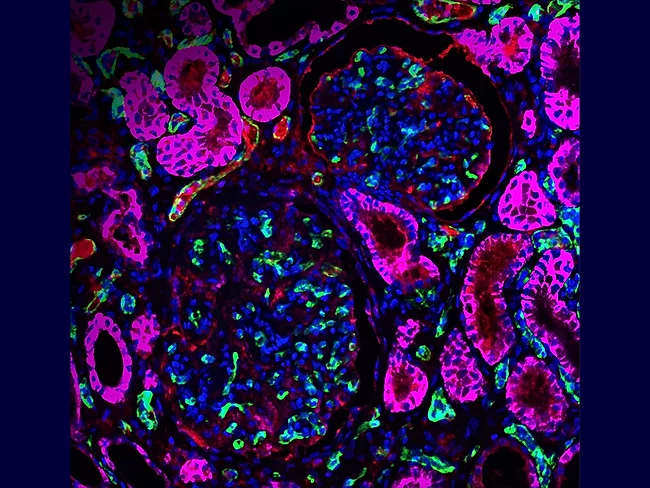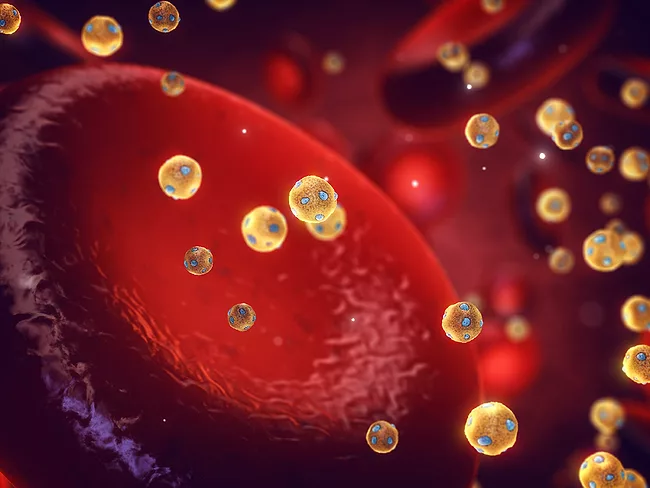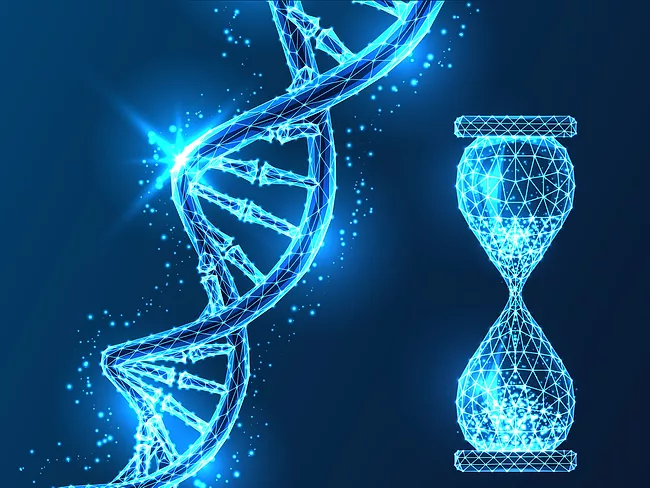
- BioWorld
- BioWorld MedTech
- BioWorld Asia
- BioWorld Science
- Data Snapshots
- Special reports
- Infographics: Dynamic digital data analysis
- Trump administration impacts
- Biopharma M&A scorecard
- BioWorld 2024 review
- BioWorld MedTech 2024 review
- BioWorld Science 2024 review
- Women's health
- China's GLP-1 landscape
- PFA re-energizes afib market
- China CAR T
- Alzheimer's disease
- Coronavirus
- More reports can be found here
ARTICLES
Neurology/Psychiatric
ECNP 2023: Look for antibodies in idiopathic psychoses? First, maybe better tests
Oct. 10, 2023
Neurology/Psychiatric
ECNP 2023: Boosting fear unlearning is one avenue toward treating PTSD
Oct. 9, 2023
Infection
To fight TB, understanding state transitions helps help cells make better choices
Oct. 3, 2023
Neurology/Psychiatric
Newco news: Arialys has autoimmune solution to psychosis problem
Sep. 27, 2023
Musculoskeletal
The skeletal stem cell contains multitudes, with translational implications
Sep. 20, 2023
Neurology/Psychiatric
Study identifies cause of death for Alzheimer’s neurons
Sep. 18, 2023
Cardiovascular
Neuronal, blood vessel miscommunication affects aging heart: study
Aug. 31, 2023
- BioWorld
- BioWorld MedTech
- BioWorld Asia
- BioWorld Science
- Data Snapshots
- Special reports
- Infographics: Dynamic digital data analysis
- Trump administration impacts
- Biopharma M&A scorecard
- BioWorld 2024 review
- BioWorld MedTech 2024 review
- BioWorld Science 2024 review
- Women's health
- China's GLP-1 landscape
- PFA re-energizes afib market
- China CAR T
- Alzheimer's disease
- Coronavirus
- More reports can be found here







